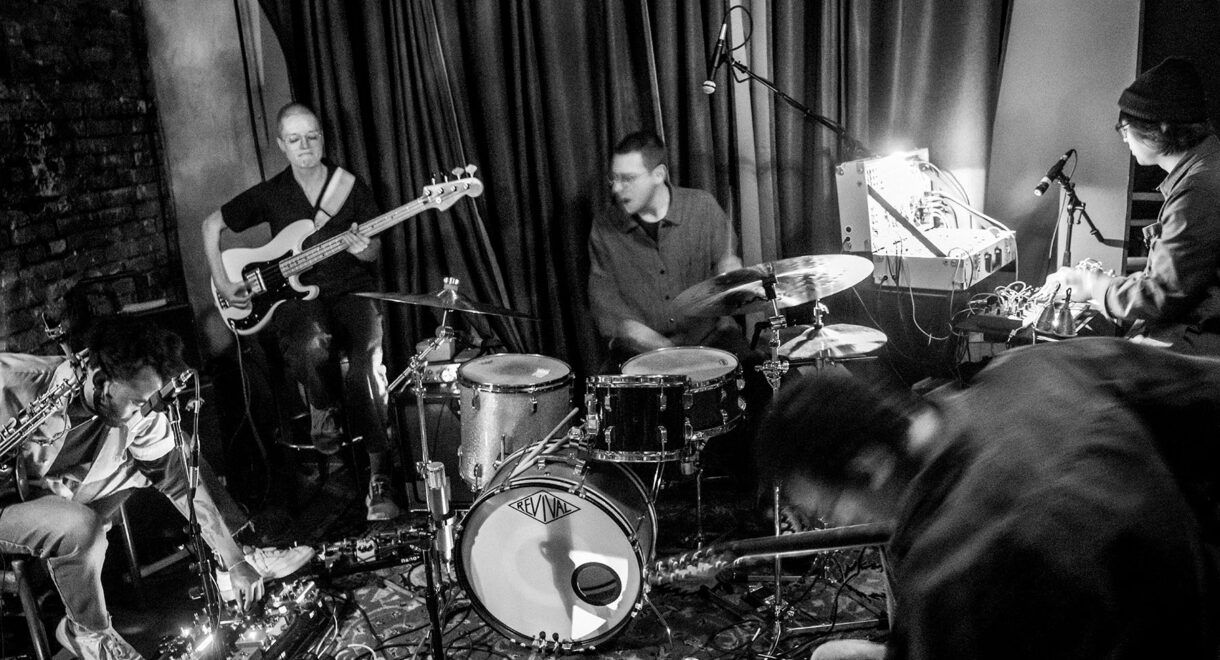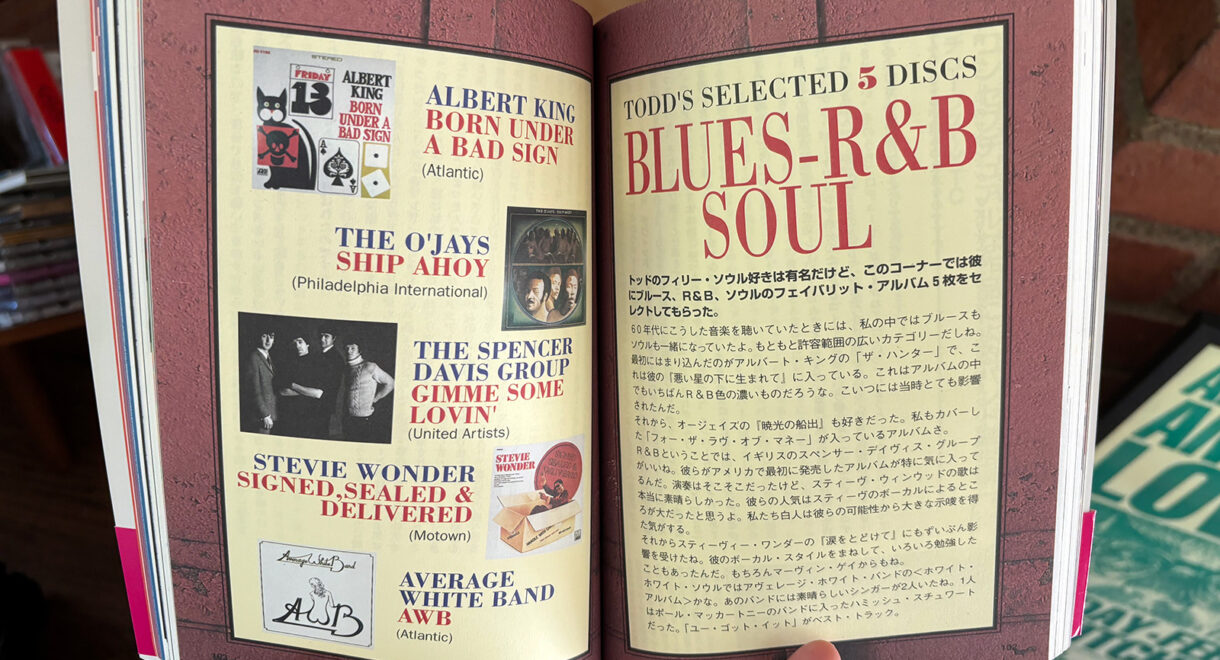In conversation with Small Medium Large, a new quintet from the burgeoning new West Coast jazz & improvised music scene. In 2018, LA-based jazz and post-rock guitarist Jeff […]
Listen loud: The mesmerizing new Brazilian jazz album by the Amaro Freitas Trio

Amaro Freitas’ spiritual quest into the forgotten stories, philosophies and figures of Black Brazil.
The Brazilian pianist Amaro Freitas drew the title of his exquisite new jazz trio album Sankofa from a symbol in the Ghanian adinkra writing system. The symbol depicts a backward-facing bird, and Freitas first noticed it at an African fair in Harlem.
“The symbol of the mystical bird, which flies with its head back, teaches us the possibility of going back to our roots, in order to realize our potential to move forward,” Freitas says in the release notes. “With this album I want to bring a memory of who we are and pay homage to neighborhoods, names, characters, places, words and symbols that come from our ancestors. I want to celebrate where we come from.”
He added, “I worked to try to understand my ancestors, my place, my history, as a black man. Brazil didn’t tell us the truth about Brazil. The history of black people before slavery is rich with ancient philosophies. By understanding the history and the strength of our people, one can start to understand where our desires, dreams and wishes come from.”
Sankofa is Freitas’ third album in five years, and it’s a stunner. Across eight new pieces that run anywhere from three- to eight-minutes, each occupies its own galaxy in the pianist’s creative universe.
Bassist Jean Elton and drummer Hugo Medeiros have been members of the trio since its birth, so it’s no wonder the band is locked in, and the eloquence with which they present these sonic ideas is obvious from the first note.
The energy of history fuels the album. As explained in the release notes, the song Baquaqua “highlights the seldom told story of the West African Mahommah Gardo Baquaqua, who was brought to Brazil as a slave but escaped to New York in 1847 where he learned to read and write. His autobiography was published by the American abolitionist Samuel Moore and now stands as the only known document about the slave trade written by a former Brazilian slave.”
The dynamic songs are as memorable as they are unpredictable. When, after Freitas and band build the punctuated rhythm powering “Cazumba,” the track comes to a break and the music moves into a spatially vast environment that echoes with bird calls and nature sounds as Freitas lays down an oblong piano run that’s as haunting as it is beautiful. The track Batucada is a pointillist rhythmic jam that finds the pianist moving across his keys like a drummer in the middle of a wild solo.
Combined, Sankofa is an incredibly deep listen, one that blossoms anew with each new spin.










